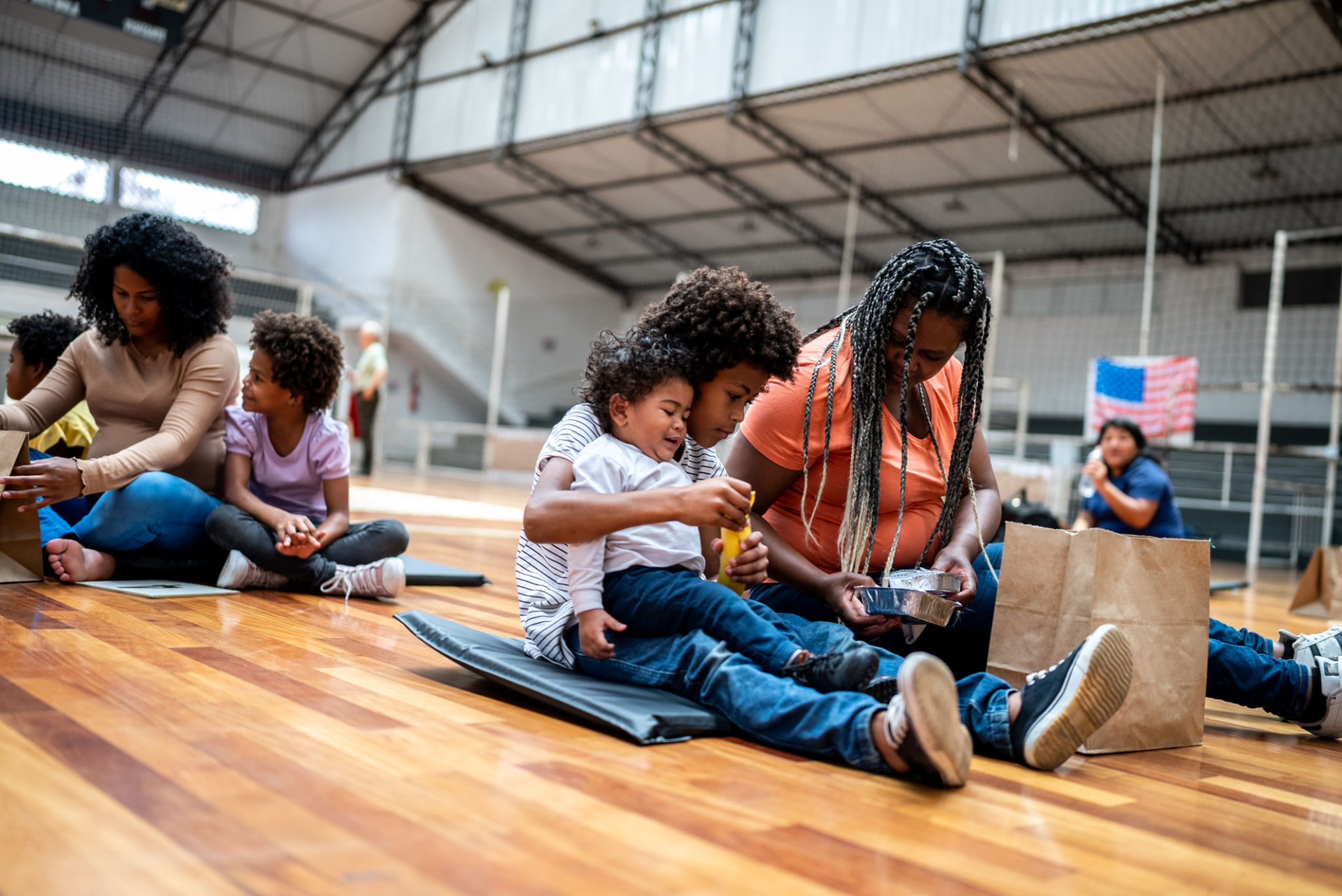Busting Myths About Homelessness Among Women: What You Need to Know
Understanding the Reality of Women's Homelessness
Homelessness is a complex issue that affects individuals across various demographics. However, homelessness among women is often misunderstood and surrounded by numerous myths. It's crucial to address these misconceptions to better support those in need. Understanding the specific challenges women face when experiencing homelessness can lead to more effective solutions and increased awareness.

Myth: Homeless Women Are Mostly Visible on the Streets
A common misconception is that homeless women predominantly live on the streets or in visible public spaces. In reality, many women experiencing homelessness are part of the "hidden homeless" population. They may find temporary refuge in shelters, stay with friends or family, or live in their cars. This invisibility can make it challenging to provide them with the necessary resources and support.
The hidden nature of women's homelessness is often due to safety concerns and a desire to protect themselves and their children from potential harm. As a result, they might avoid public spaces, making it harder for outreach programs to identify and assist them.
Myth: Homelessness Among Women Is Primarily Due to Substance Abuse
While substance abuse can be a factor in homelessness, it is not the predominant cause for women. Many women experience homelessness due to domestic violence, lack of affordable housing, unemployment, and health issues. These factors can create a precarious situation where women are forced to choose between staying in an unsafe environment or facing homelessness.

It's essential to recognize that each woman's situation is unique, and addressing these root causes requires a comprehensive approach that includes housing support, healthcare services, and employment opportunities.
Myth: Homeless Women Do Not Have Families
Another misconception is that homeless women are typically single and without family responsibilities. In fact, many homeless women are mothers, often accompanied by their children. This adds another layer of complexity, as they must ensure their children's safety and well-being while navigating the challenges of homelessness.
The presence of children can make it difficult for women to access certain shelters or resources that are not equipped to handle families. This reality underscores the need for family-friendly services and housing solutions that consider the needs of both mothers and their children.

Supporting Women Experiencing Homelessness
To effectively support women experiencing homelessness, it's important to dispel these myths and approach the issue with empathy and understanding. Here are some ways communities can help:
- Advocate for Affordable Housing: Support policies that promote the development of affordable housing options for low-income families.
- Enhance Shelter Accessibility: Ensure shelters can accommodate families and provide safe environments for women and children.
- Focus on Comprehensive Services: Offer programs that address healthcare, employment, and education to help women rebuild their lives.
By acknowledging the unique challenges faced by homeless women, communities can implement more effective strategies that provide lasting solutions. It's not only about offering a roof over their heads but also about fostering an environment where they can regain stability and hope for the future.

